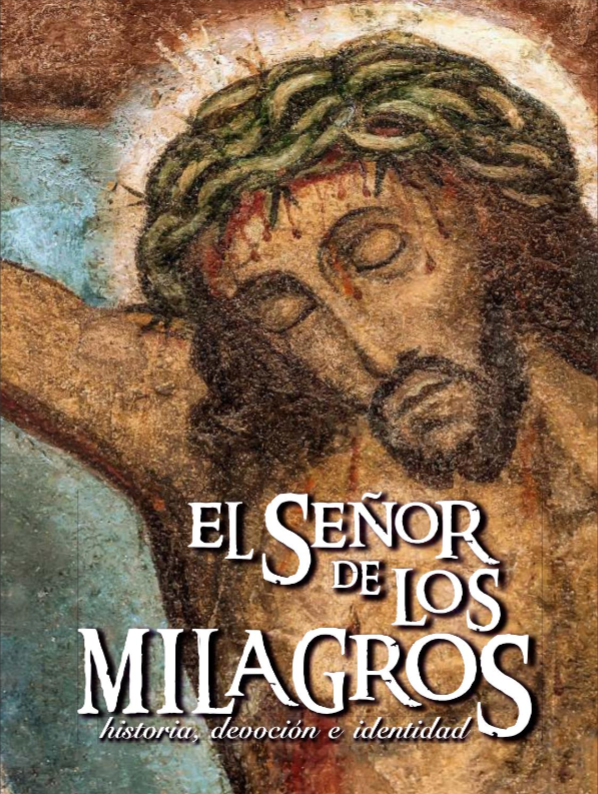
Libraries
Libraries
El Señor de los Milagros. Historia, devoción e identidad del Perú
History, faith and tradition converge in this book that offers an extensive study on the devotion of the Lord of Miracles, patron of the city of Lima. From history, anthropology, architecture, history of art, restoration, music and gastronomy, readers are offered an overview of this devotion that has transcended the borders of Peru and the passage of time.
The studies compiled in the book address various topics: from the emergence of this devotion, in the mid-seventeenth century, to its expansion around the world and its cultural legacy. An iconographic study is made of the image painted on the wall as well as that which is taken out in procession and an analysis is made of the architecture of the sanctuary and the monastery of the Nazarenas. There is also a tour of the Museum of the Lord of Miracles, where paintings, sculptures, offerings, liturgical ornaments and various objects made to worship the Christ of Pachacamilla are on display.
On the other hand, the work in the Historical Archive of the Monasterio de las Nazarenas Carmelitas Descalzas should be highlighted. Thanks to this publication, the cultural heritage of this repository was revised and classified, which allowed the rescue and restoration of the manuscripts of mother Antonia Lucía del Espíritu Santo, founder of the Nazarene beatery, and of Sebastián de Antuñano, owner of the wall with the image of the “Cristo Moreno” and the adjacent land, in which «it is revealed that it was the cure of the illness suffered by Andrés de León -a simple and pious man- that gave rise to the devotion to the image of the Santo Cristo de los Milagros» (p. 54).

